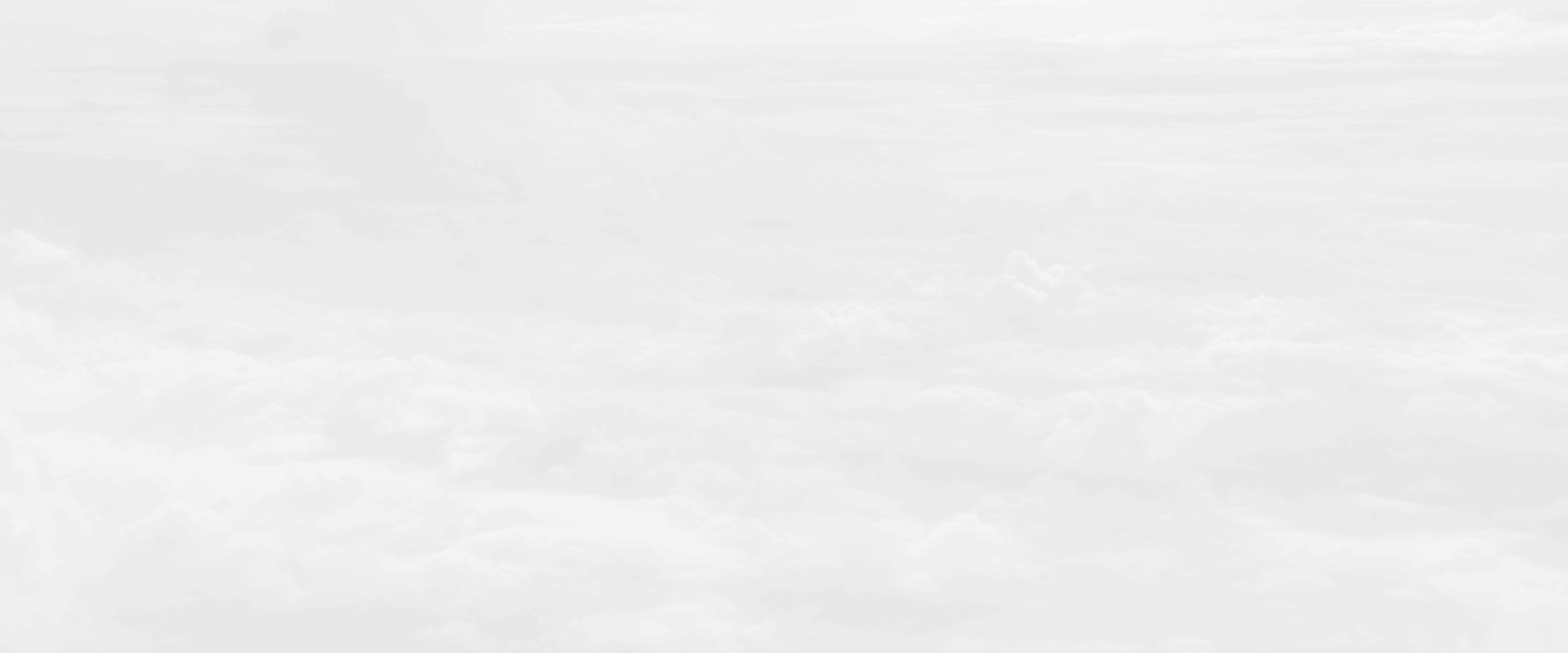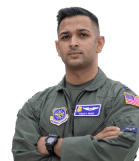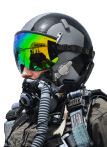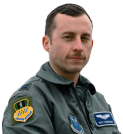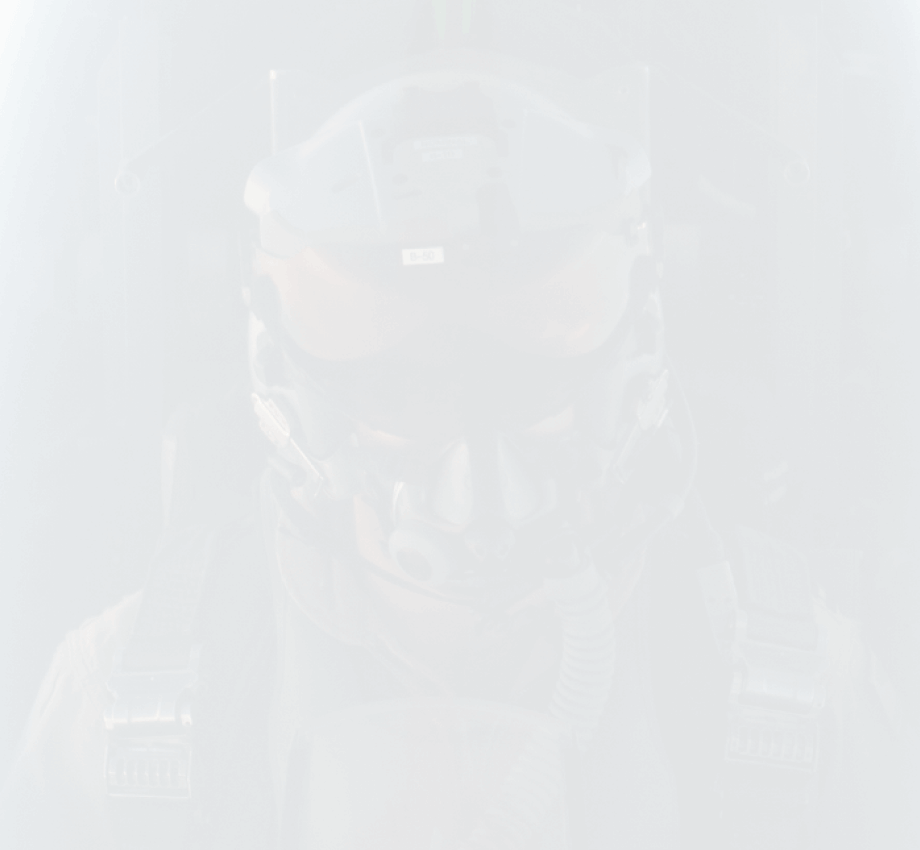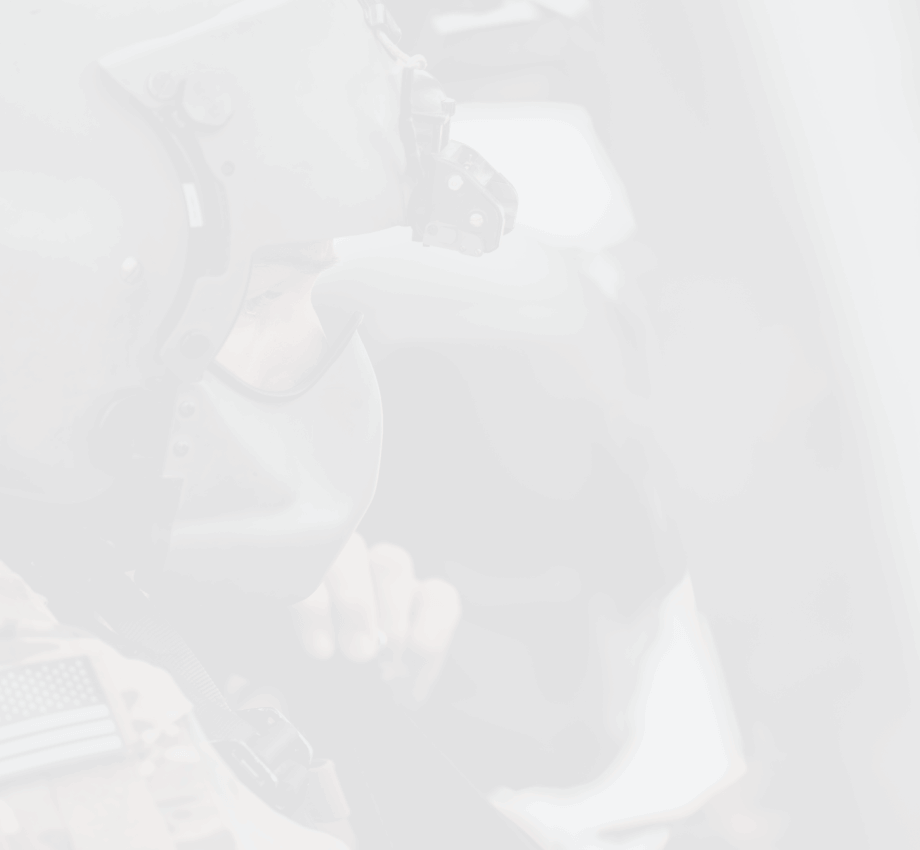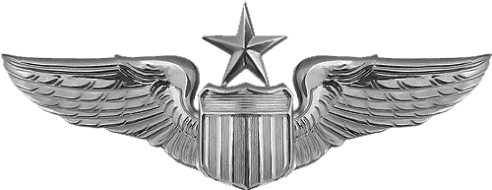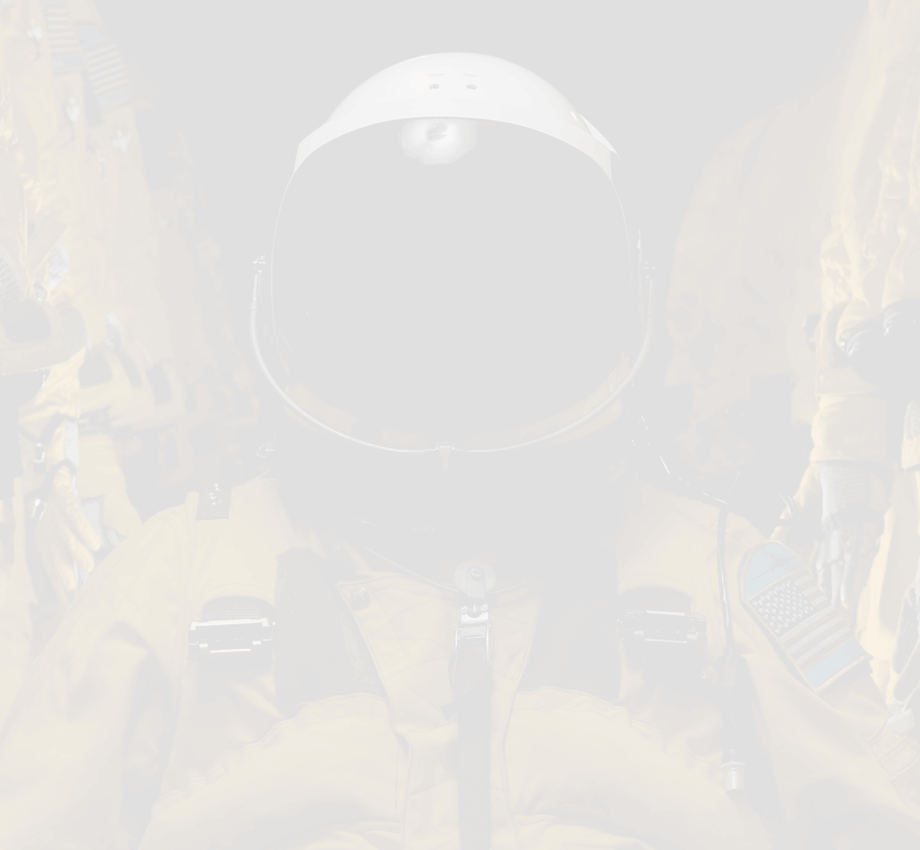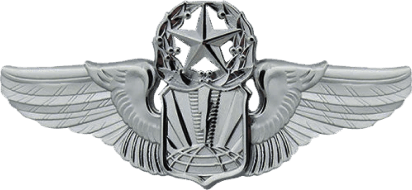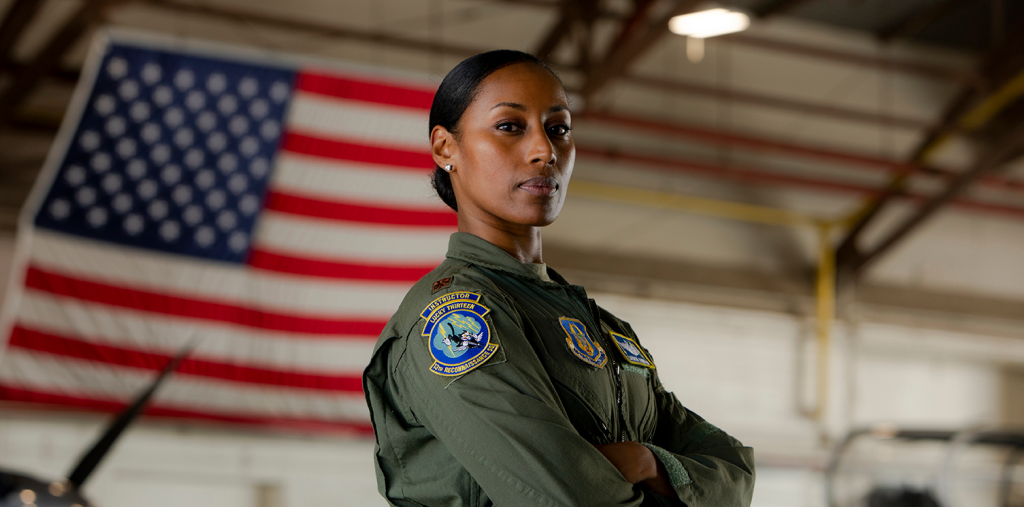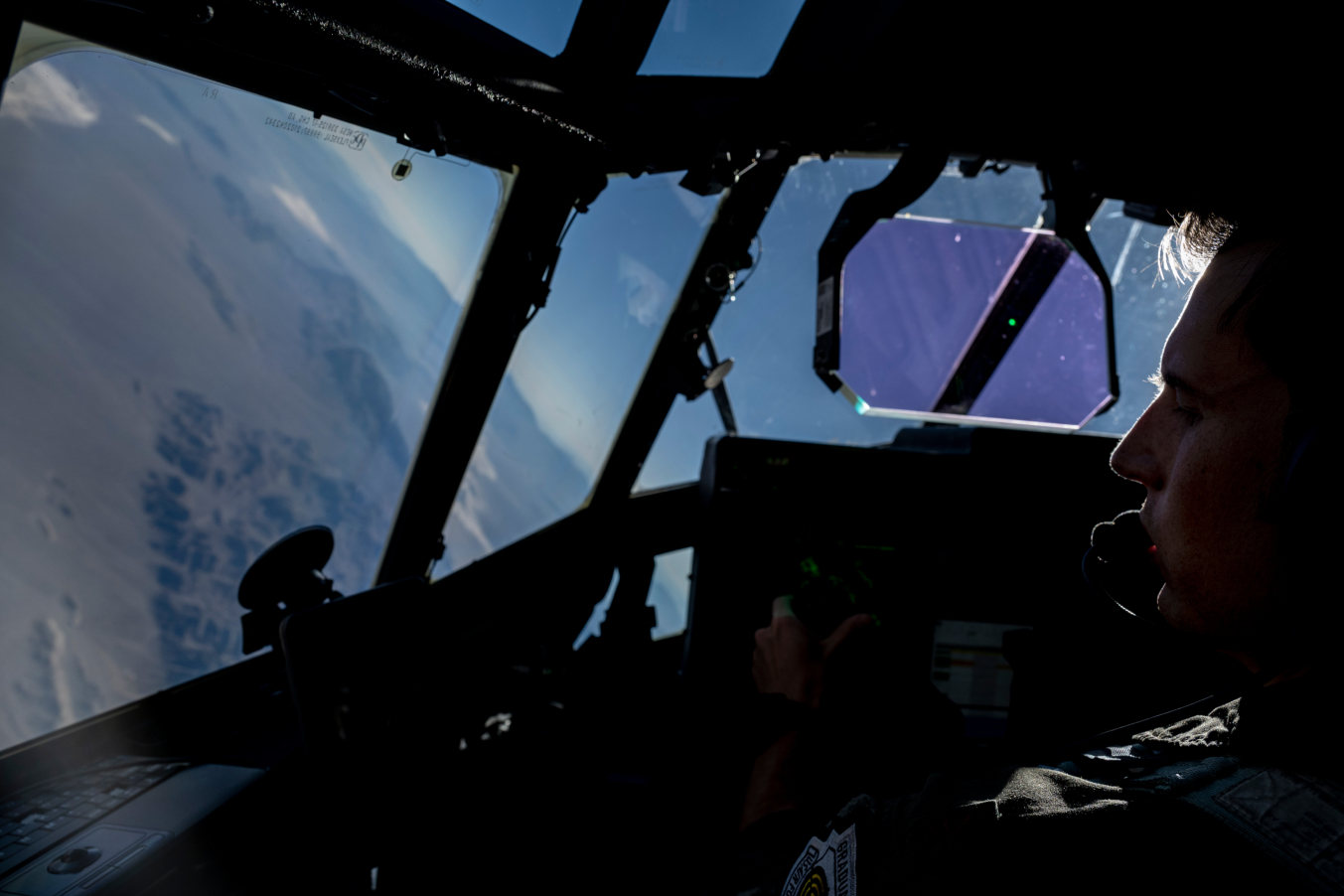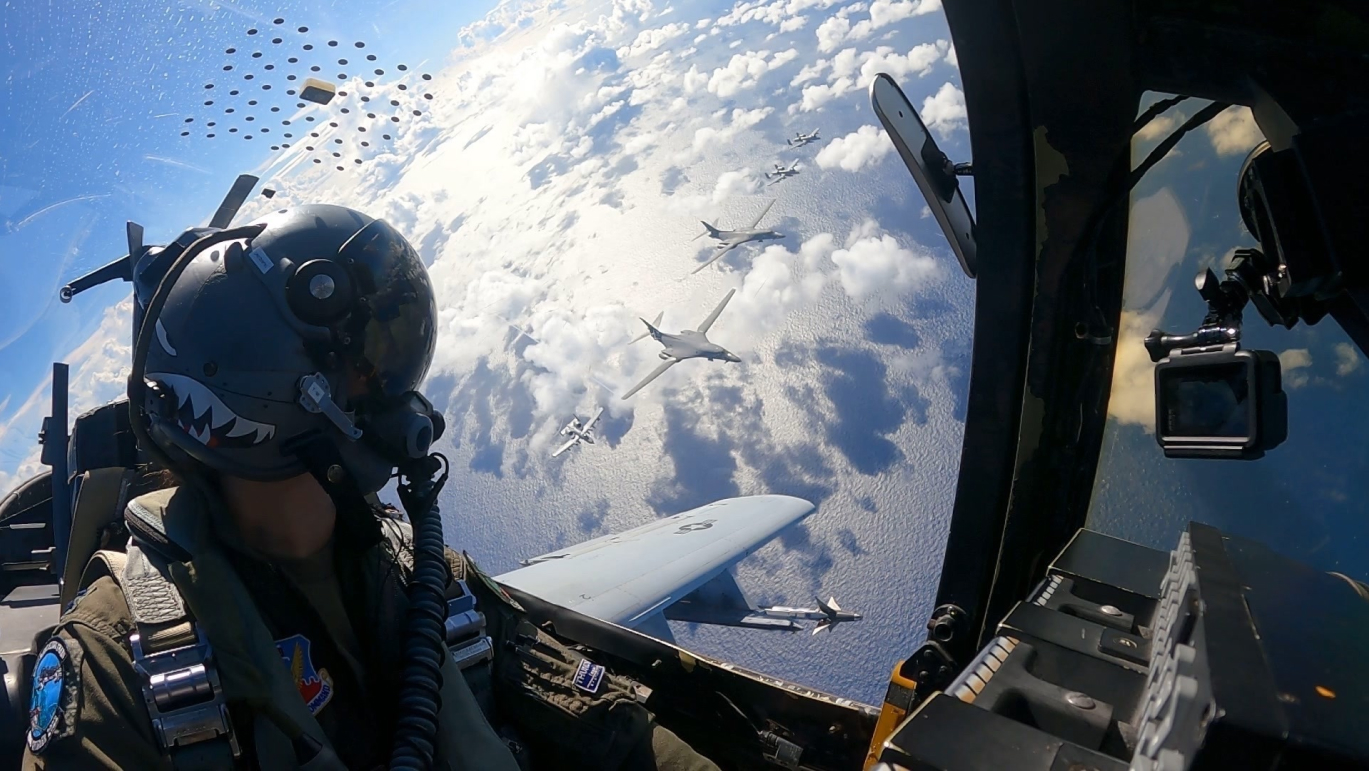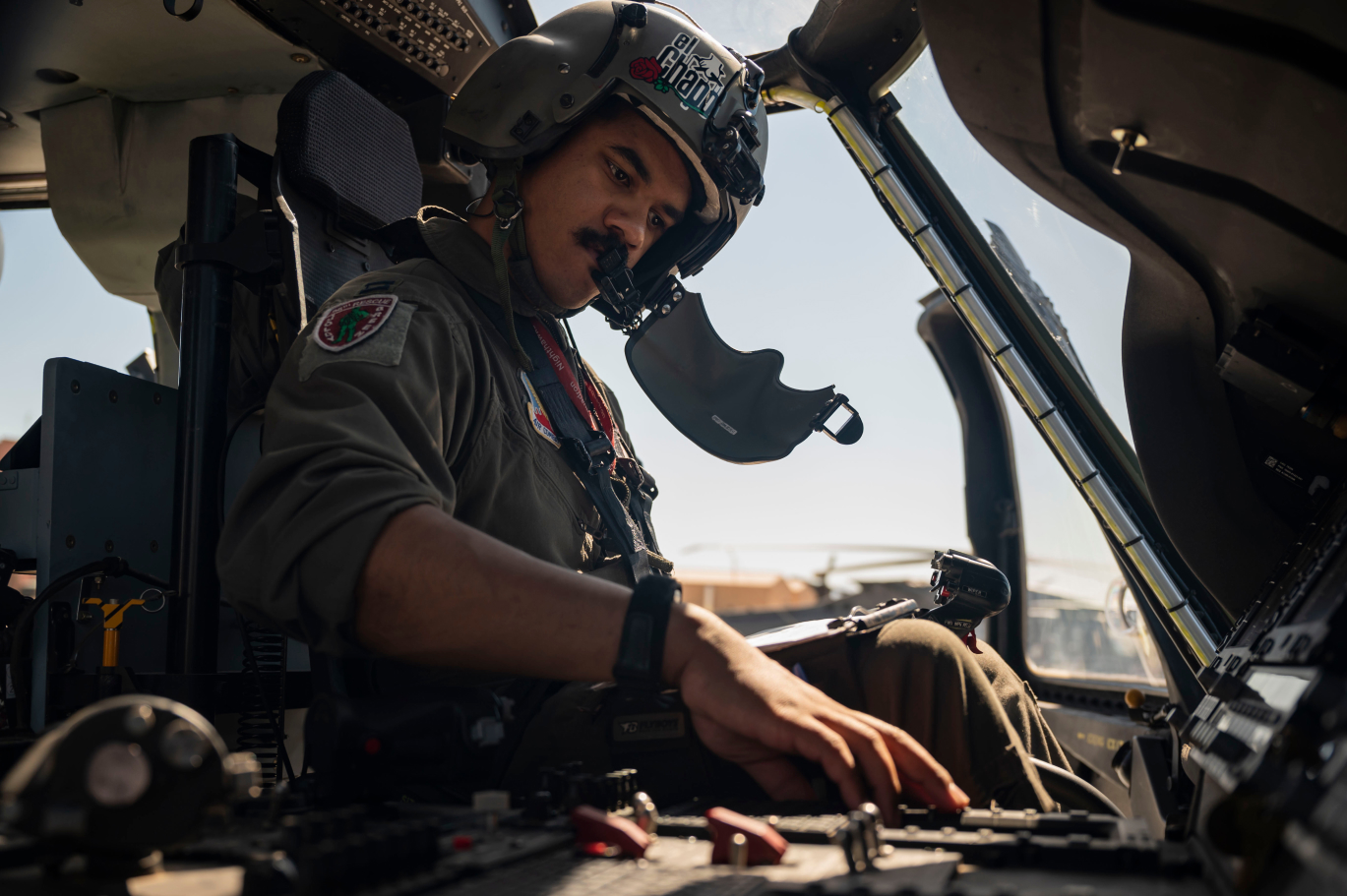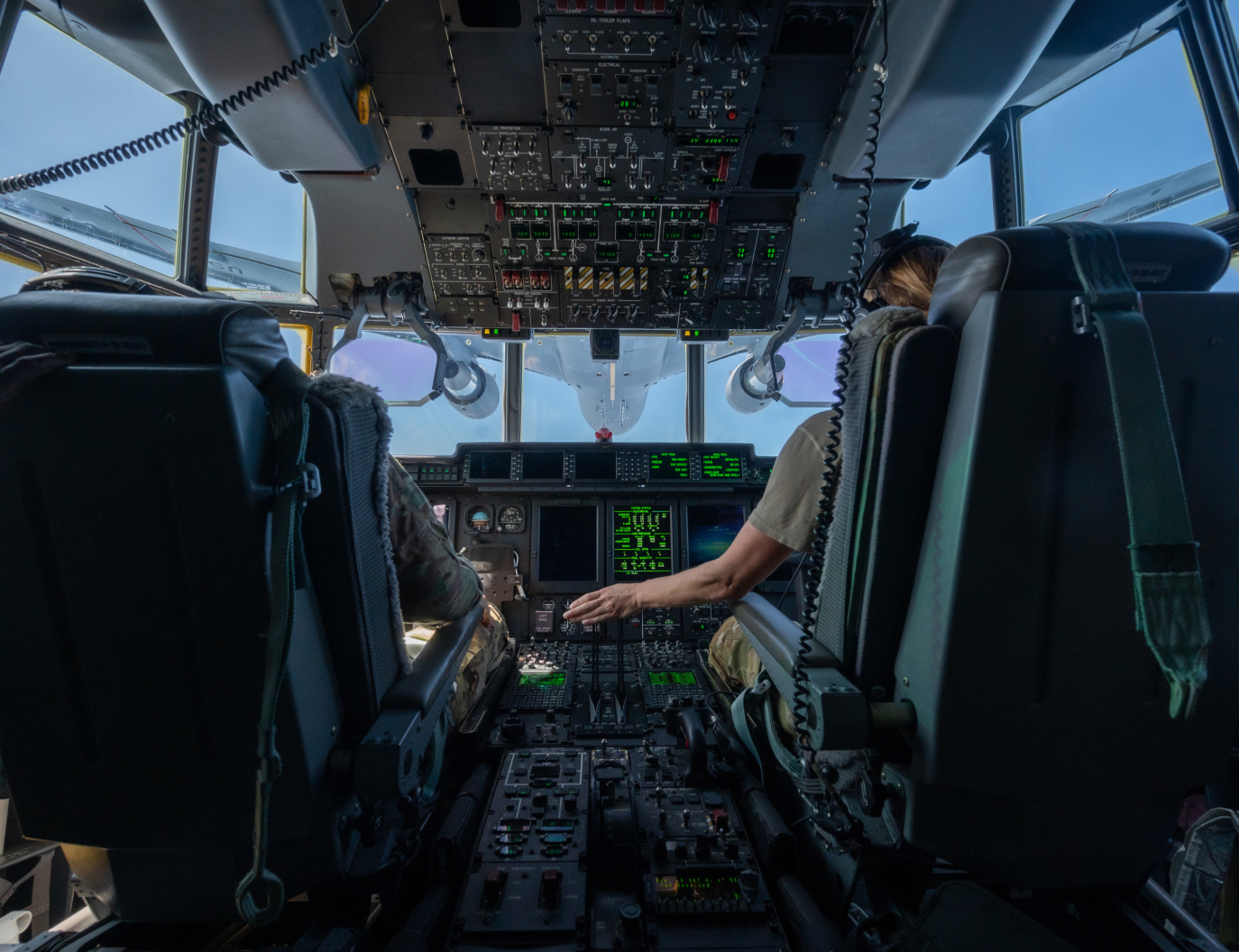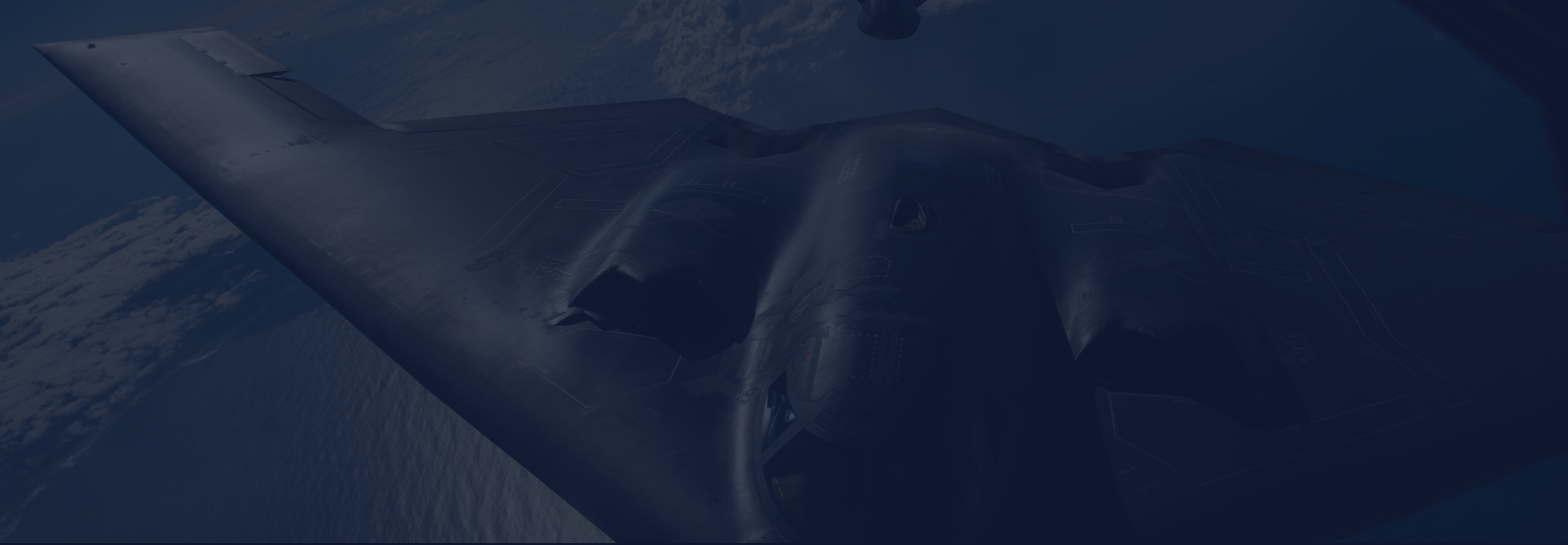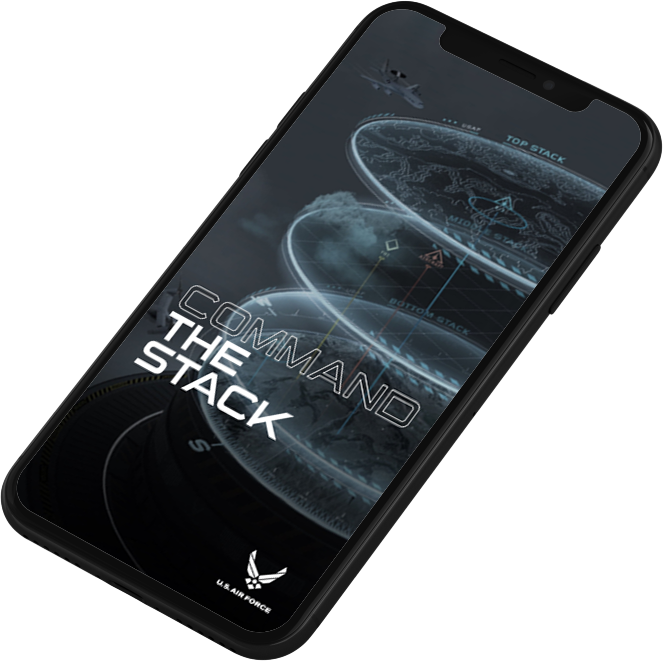
TAKE TO THE SKIES
BECOME
A pilot
Before becoming a pilot, you must become an officer in the Air Force, which you can accomplish in a few ways. From there, all pilots go through the same initial training where they learn the general skills necessary to fly. Upon successfully completing that training, pilots are then assigned a specific aircraft and undergo specialized training on that aircraft.
-
BECOME AN OFFICER
To be a pilot, you must become an officer first. You can do this through participating in ROTC in college, attending the Air Force Academy or going through Officer Training School.
-
BEGIN INITIAL TRAINING
All pilots start their training with Undergraduate Pilot Training (UPT), which is designed to prepare them for the full spectrum of aircraft and missions in the Air Force.
-
DISCOVER YOUR AIRCRAFT
Once student pilots complete UPT, they’re assigned a specific aircraft. Seat assignments are based on performance, instructor recommendation, student preferences and the Air Force’s needs.
-
TRAIN ON YOUR AIRCRAFT
After receiving their seat assignment, student pilots go on to Advanced Flight Training (AFT) to learn how to fly their specific aircraft and the missions associated with it.
-
LEARN WHERE YOU'LL BE STATIONED
Once student pilots complete all their training, they’re given a squadron and base assignment.
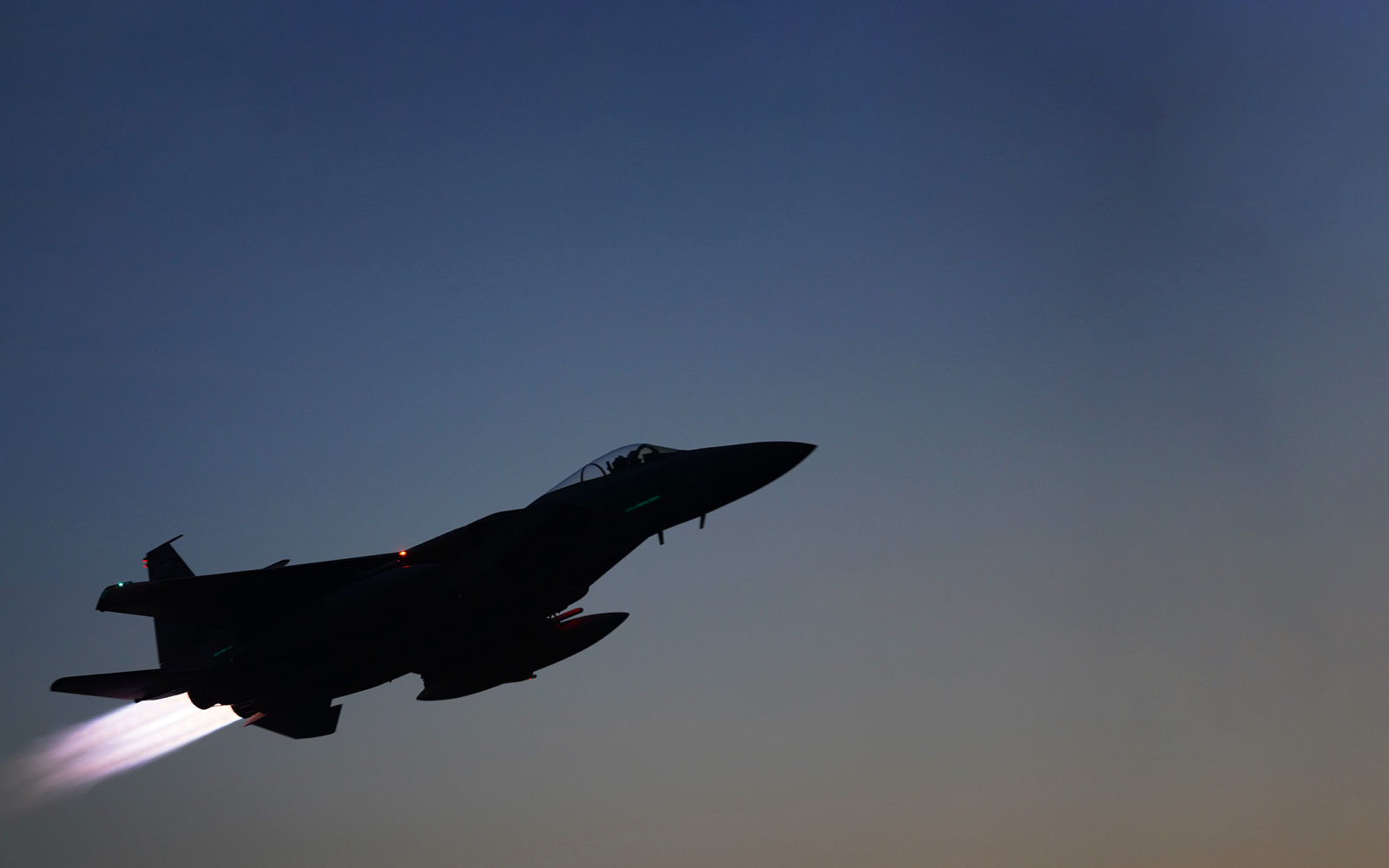
Earn your wings
Once pilots complete their training, they earn a set of wings. Like a rank, these wings are proudly worn on uniforms and distinguish pilots from other careers. The wings evolve according to the number of flight hours and experience a pilot gains throughout their career.
-
Pilot Wings.
Rated officer
graduate of USAF Undergraduate Pilot Training
-
Rpa Pilot Wings.
Rated officer
graduate of USAF Undergraduate Pilot Training
-
Senior Pilot Wings.
07 years as rated pilot
2000 total hours of flight time
-
Senior RPA Pilot Wings.
07 years as rated pilot
2000 total hours of flight time
-
command Pilot Wings.
15 years as rated pilot
3000 total hours of flight time
-
command RPA Pilot Wings.
15 years as rated pilot
3000 total hours of flight time
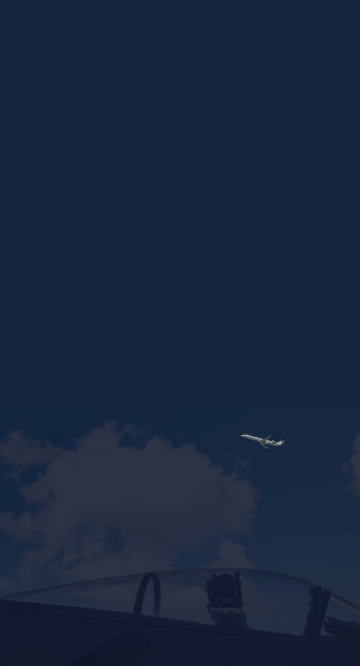
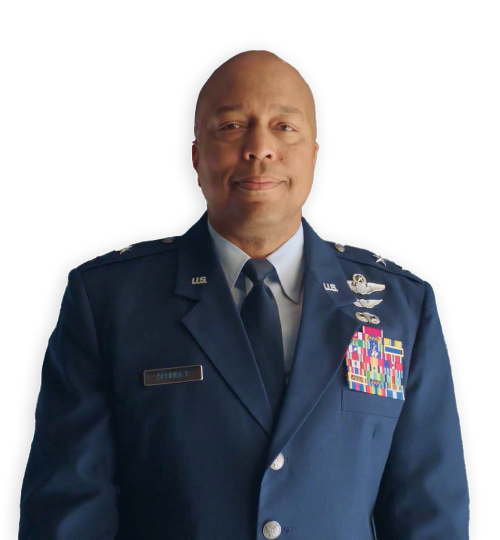
SET YOURSELF UP FOR SUCCESS
If you’re interested in flying, the U.S. Air Force is one of the best places to jumpstart a rewarding future. Receive top training from some of the most experienced aviators on the most advanced fleet of aircraft.
You’ll also earn more flight hours and gain leadership experience that can make you more competitive for future opportunities. Pilots who got their start in the Air Force have gone on to fly for commercial airlines while serving in the Air Force Reserve or Air National Guard.
